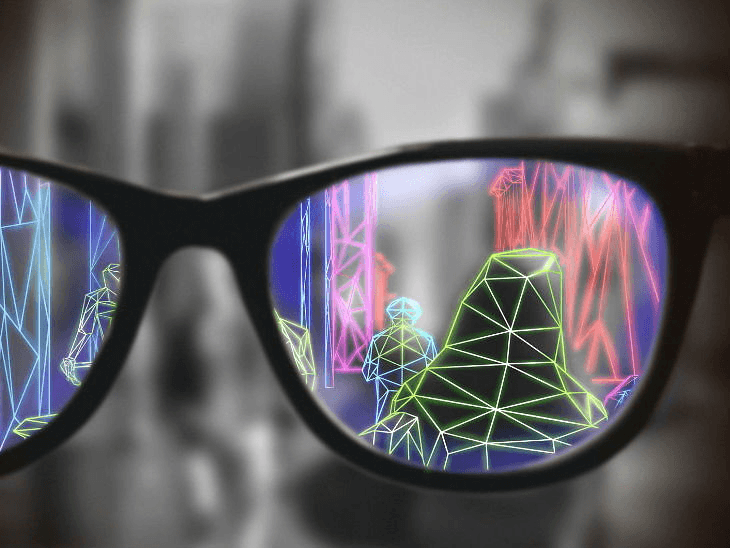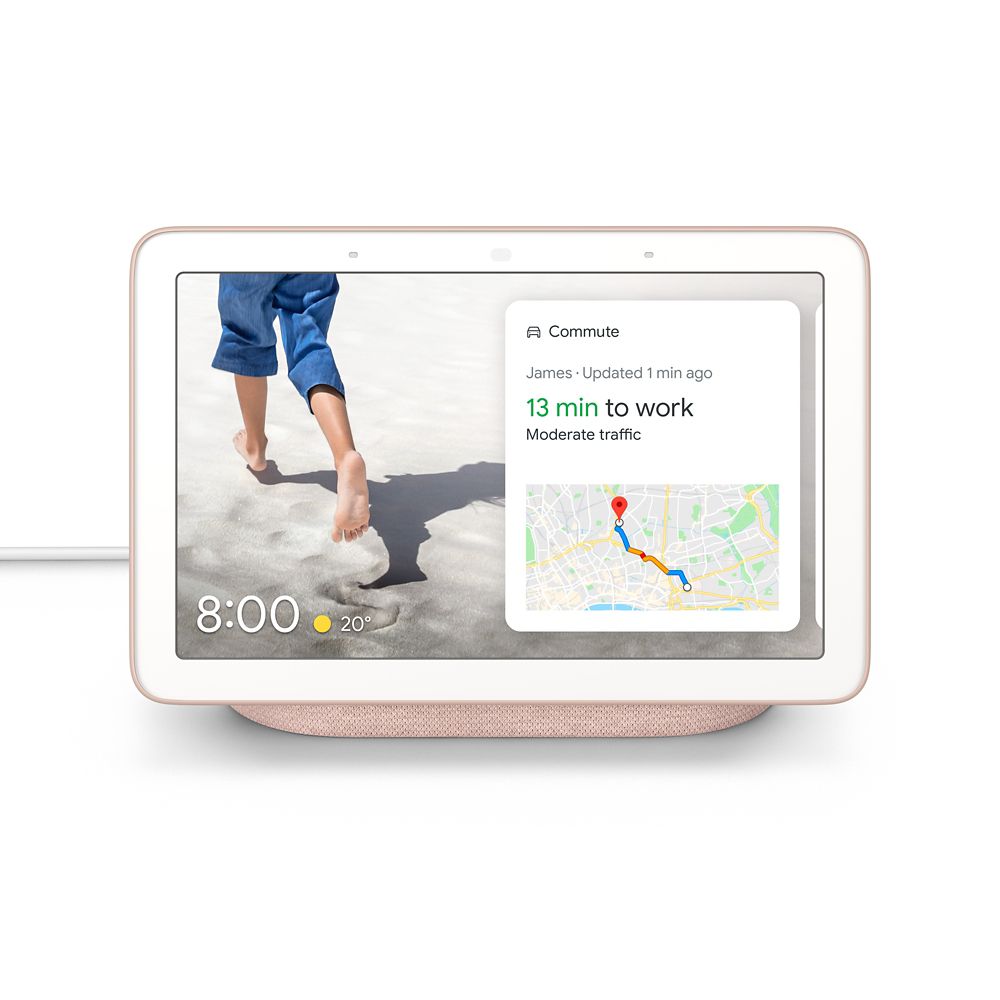
With the help of augmented reality technology, patients with low vision will get better visibility. According to researchers at the Keck School of Medicine at the University of Southern California, AR Glass can provide better mobility and navigation to patients struggling with low vision problems. Researchers included people with retinitis pigmentosa disease. In this disease, people suffer from low vision. According to the researchers, with the help of AR Glass, the victims got 50 percent better mobility and 70 percent better performance.

Keck School Professor of Ophthalmologist Mark Humayun says that the low-vision technology currently being used is limited to virtual reality, which is not only difficult to use but also requires patients to undergo rigorous training to understand it is. To deal with this problem and to give better assistance to people, our team has resorted to AR technology glass, which projects surrounding objects on the patient’s retina in bright colors. To test its accuracy, researchers tested it, which found that patients using AR glass collided with objects up to 50 percent, and their eyesight increased by 70 percent.
A person suffering from retinitis pigmentosa has poor vision, due to which he is unable to recognize things in low light. Along with this, he has to face trouble in understanding the way in the dark. This AR system projects objects in a distance of up to 6 feet in four different bright colors on the user’s retina. With the help of these colors, the user’s ability to recognize things increases.


